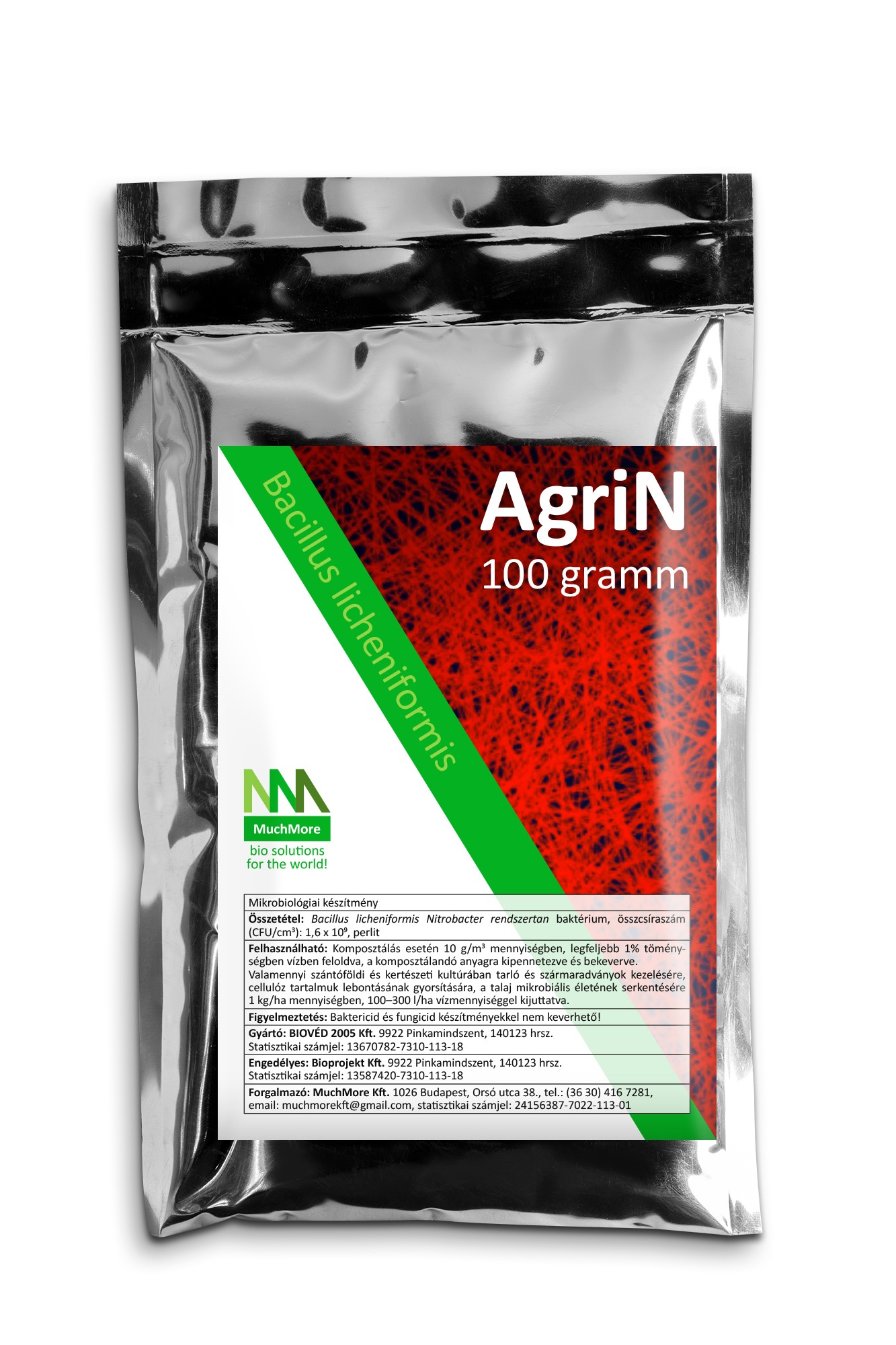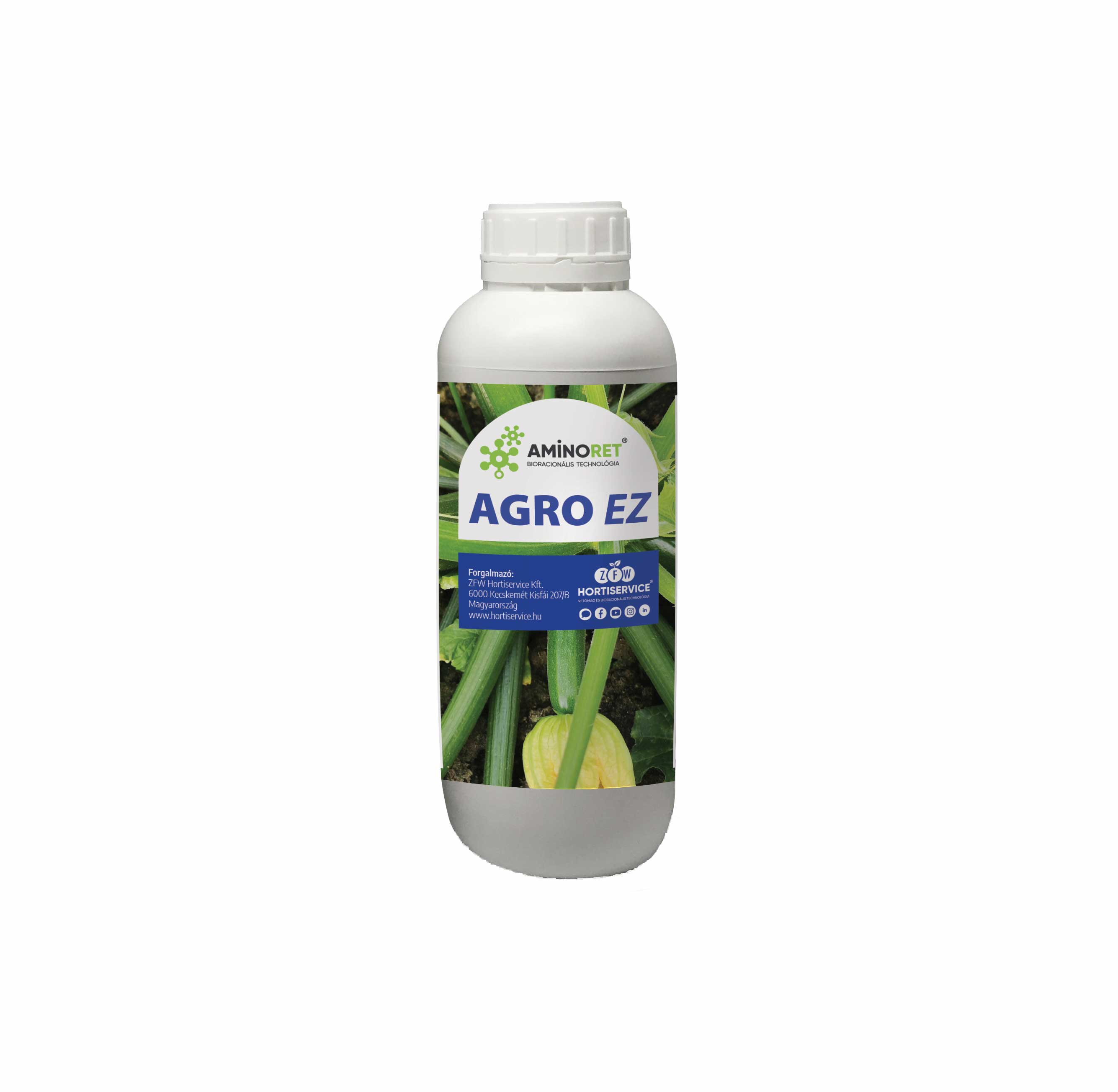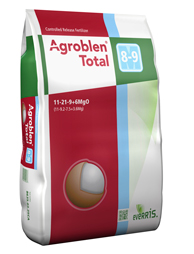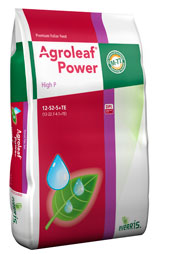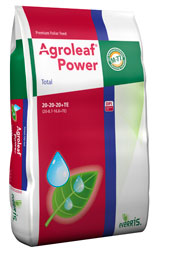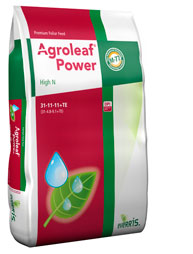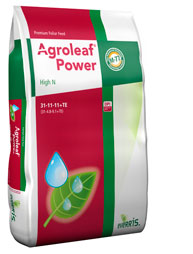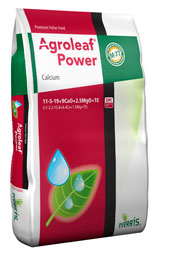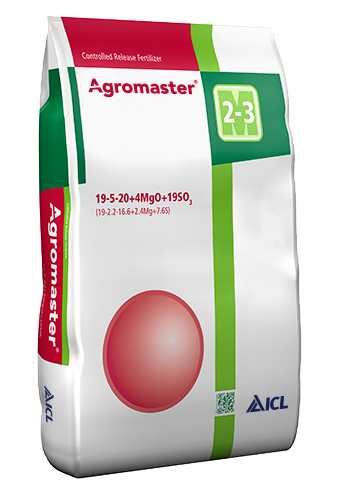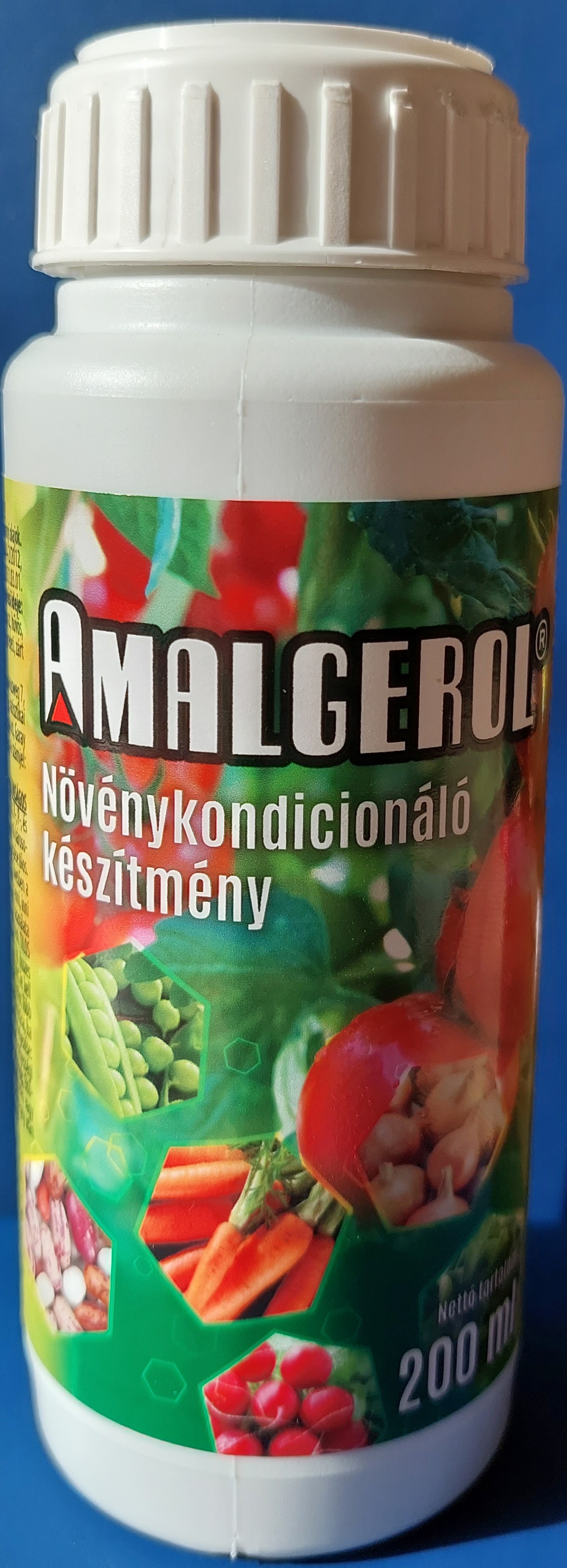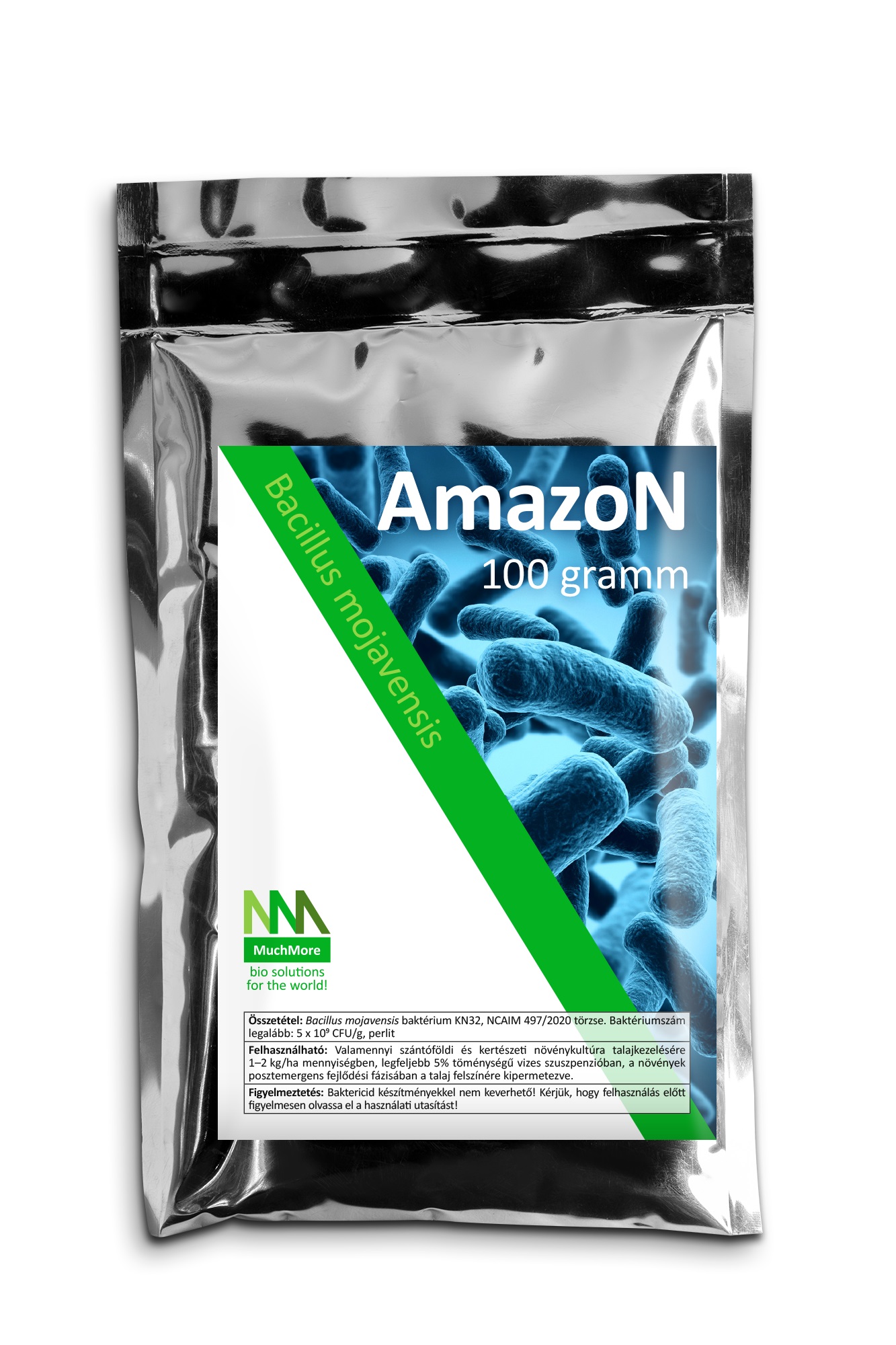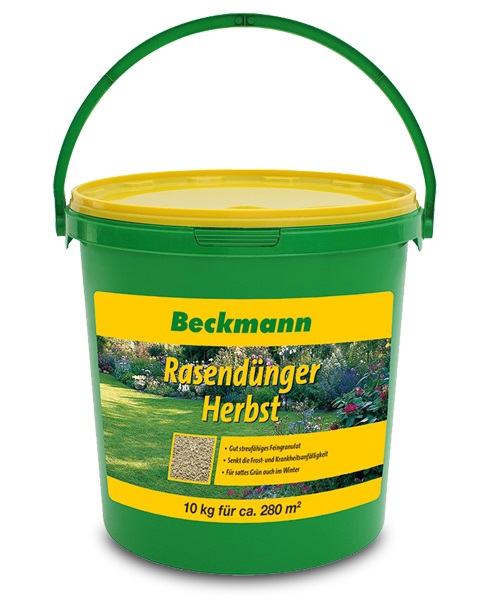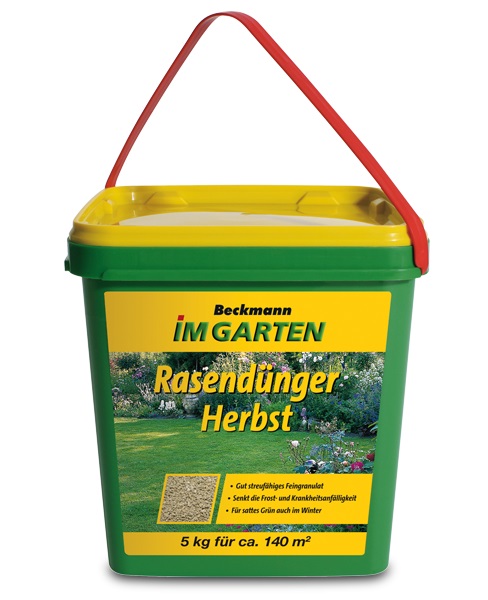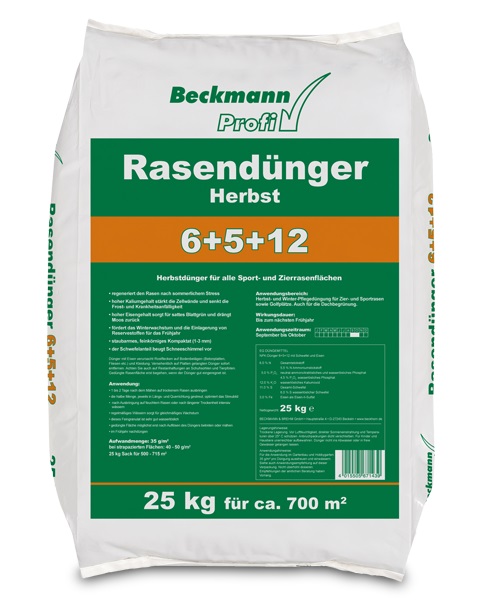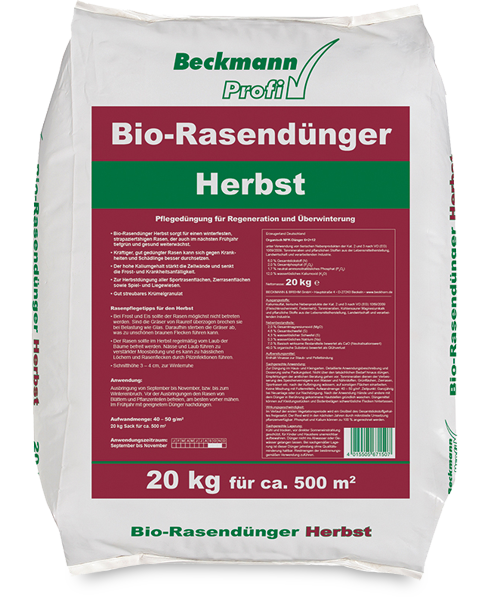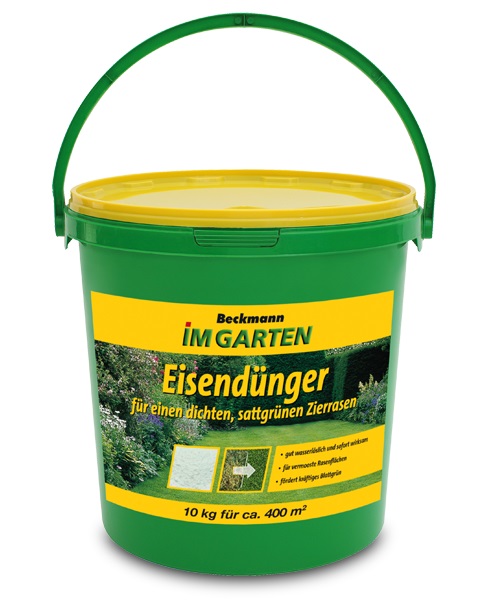- Wine and chemical products
- Foil, mesh, bag, plastic product
- Machine
- Gardener for seedlings
- Garden accessory
- Irrigation and pond technology
- Organic and fertiliser
- Expert advice
- Promotions
- Service
- Potting soil, peat, soil conditioner
- Seeds, onions, tubers
- Tools, protective equipment
- Our stores
- Cultures
- Manufacturers
- Magazin
Filter
Organic and fertiliser
The products here can be divided into two main groups: organic and fertilisers.
Organic fertilizers
Among the organic fertilisers, the use of manure has become widespread in crop production. It is important to use organic fertilisers of known origin, which are known to have been treated in a way that is free from chemicals and weed seeds. These may be cattle manure, poultry manure or other manures containing organic matter of mainly animal origin. Examples include seabird droppings, guano. Organic fertilisers are complex sources of nutrients with varying proportions of macro and micro elements.
Organic fertilisers or soil improvers of animal origin are primarily used to maintain and improve the structure, physical and chemical properties and biological activity of soils, but their low nutrient content makes them only secondarily, or indirectly, suitable for supplying nutrients to plants. Soils well supplied with organic matter have a high biological activity and are rich in beneficial micro-organisms that convert the mineral nutrients applied with inorganic fertilisers, i.e. fertilisers, into nutrients that can be taken up and utilised by plants.
Commercially available organic fertilisers are such products, of reliable origin, with known nutrient content. Formulated products, systemic fertilisers are available in powder, granules, tablets and pellets, easy to dose and uniformly applied.
Granulated powder is usually a porous granular aggregate made with a binder, which breaks down into particles in the soil when exposed to moisture. Tablets are usually in the form of discs or cones pressed from powder or granules and are usually of suitable strength. A pellet is also a high-pressure pressed material, in most cases a fibrous, fibrous material, held together either by its own material or by a binder mixed in. It is usually cylindrical in shape. Granules and tablets can be both organic and fertiliser, while pellets are made from organic material only.
Organic fertiliser preparations have a wide range of uses, from vine, fruit, vegetable and ornamental growers, arable crop producers to landscapers and gardeners, and can be used to amend the organic matter in flower beds, lawns and flower boxes, and to improve the structure of the soil.
Several products are certified organic, meaning they can be used on organic farms.
One of the special ingredients of commercial organic manure-based preparations is bird guano. It typically accumulates in and under large colonies of seabirds. Its most notable occurrences are in the archipelago off the west coast of South America, which is covered with tens of metres of guano deposits that are mined. Guano is high in nitrate and phosphorus and is particularly suitable for improving soils poor in these elements.
The DCM and Viano products are outstanding members of the organic fertiliser range, providing solutions for everyone from hobby gardeners to professional users.
Fertilizers
Fertilisers are industrially manufactured products consisting of inorganic compounds. They can be mono-component fertilisers (containing only one specific nutrient), so-called mono-fertilisers, or multi-component fertilisers (containing several nutrients), compound or complex fertilisers.
Currently, the most common way of nutrient replenishment is fertilisation, which allows the rapid replenishment of nutrients extracted by plants. Fertilisers contain concentrations of the necessary macro- and micro-nutrients.
The basis for economical and environmentally friendly fertiliser use is regular soil testing, which shows which nutrients are lacking or predominant in the soil. So-called water-soluble fertilisers, also known as irrigation fertilisers, applied with irrigation water, also require a water test.
Our range includes products from ICL, Compo, Malagrow, Yara, Haifa, Beckmann, Dyra, DCM, Viano, among others.
A few years ago, the so-called organic-mineral fertilizers, also known as organo-mineral fertilizers, were introduced, which are a transition between organic and fertilizers, as they contain a certain proportion of both types. In addition to nutrient recycling, these products also play a role in improving soil life. The combination of inorganic matter from the decomposition of rocks and organic matter from the decomposition of living organisms, the so-called organo-mineral complex, is also naturally occurring in soils.
It is a well-known fact that the use of mineral fertilisers 'fertilisers' reduces the number and activity of microbes and beneficial bacteria that provide soil life, and can cause the soil to 'die'. In areas under continuous intensive farming, great attention must be paid to soil life and its improvement. This is the purpose of organic mineral fertilisers.
In our country, the most widespread use of organic preparations is from animal faeces or from enriched by-products (Biosol) from the pharmaceutical industry, either on their own or in combination with fertilisers. However, it must be taken into account that the incorporation of products with a larger particle size (pellets or crumbs) applied to the soil surface is a longer process, during which time the characteristic odour is noticeable.
Organic fertilisers are plant nutrients of natural origin, composed of a systematic selection of raw materials of plant and animal origin (grape seed meal, sunflower hulls, cocoa shells, vinasse, seaweed, bone meal, horn meal, blood meal, etc.).
Their effect is complex, with organic mineral fertilisers providing all the nutrients needed by plants for a long period (2-6 months depending on the organic components). Thanks to a scientifically formulated formula, the nutrients are available to the plants in optimal composition and quantity. There is no need for a cover that artificially increases the nutrient's effectiveness or for a chemical additive that prevents it from breaking down. High quality organic mineral fertiliser helps to establish and maintain good soil structure, water, air and nutrient management.
The organic active ingredients and plant fibres in organo-mineral fertilisers keep the root zone of plants in the best physical, chemical and biological condition. As the soil contains the right quantity and quality of nutrients for the plant, plant growth is not forced. A healthy, vigorous and rich root system, formed by the most suitable growth rate for the plant, is highly efficient in delivering high quality nutrients from the soil and other planting media to the plant. Healthy plants that are resistant to the adverse effects of the environment drastically reduce the potential for disease and reduce the use of pesticides and other chemicals. We do not pollute our immediate living environment with higher levels of substances that are harmful to our health.
Fortunately, more and more people are recognising the importance of using organic materials to maintain healthy soil and, as a result, are using organic products to replenish nutrients.
The organic components used in the production of high quality organic mineral fertilisers return the important components present in healthy soil that are used by plants during their development. The environmental balance is not compromised, soil fertility is maintained and the intensive soil life necessary for proper development is maintained. The species richness of beneficial micro-organisms and fungi in the soil is increased, i.e. biodiversity.
Organo-mineral fertilisers "nurture" and nourish plants for a long time, as micro-organisms enriched in organic matter gradually convert organic matter into mineral salts that plants can use. The speed of the process is therefore the same as the rate of plant development. Natural harmony is established between the soil and the plant.
Organo-mineral fertilizers are available from DCM
There are two ways of applying fertilisers. Depending on the product, they can be applied to the soil or to the foliage of the plants.
Depending on their decomposition time, a distinction is made between short and long decomposition fertilisers, known as 'coated fertilisers'. These provide the plant with the necessary nutrients for a period of 2-3 months to 12-14 months.
Biostimulators:
Biostimulants are preparations of natural origin, containing plant extracts, organic substances, vitamins or synthetic substances, designed to enhance plant condition and improve quality, in accordance with the life cycle of the plants. They can be applied to the surface of the seed, to the foliage of the plant or incorporated into the soil. Biostimulants cause changes in the metabolic processes and development of plants that increase their tolerance to extreme environmental conditions (drought, heat stress, salt concentration, water pressure) and to stresses caused by pests and pathogens. Biostimulants have an effect on growth, quality and quantity of the crop. Their use can reduce the amount of fertiliser applied.
Liquid fertiliser:
In this group of articles, you can choose from a range of complex liquid fertilisers and nutrient solutions for hobby use.
Lawn fertilizers:
In recent years, "lawn culture" has been gaining ground in Hungary and is developing more and more. In addition to professional landscapers and football field maintenance professionals, private individuals with smaller/larger lawns are also paying more and more attention to the quality of the grass in their immediate surroundings. In this section, we have compiled a list of products for the nutrient replenishment of lawns and turf to help you choose the right product. When choosing a product, it is important to take into account the characteristics of the area to be treated and to draw up a fertilisation programme at the beginning of the year and to purchase and apply fertilisers accordingly. We have a range of products with a decomposition time, from 2-3 months to 8-9 months. If you choose the 2-3 month products, you will need at least 3 formulations, a spring starter, a summer (stress management) and an autumn-winter maintenance fertiliser. With these products, you can always feed your lawn with the right nutrient mix for the season to get the best out of it. There are special cases when, in addition to nutrient replenishment, you also have to deal with some other problem, such as a mossy or weedy lawn. In this case you don't have to despair either, because we also offer products containing moss control and weed killers. Our range includes products from Compo, ICL, Beckman, DCM, Dyra, Substral and Viano.
Foliar fertilizers:
Foliar fertilisation is a long-established method of nutrient supply in crop production. Foliar fertilisation increases photosynthesis and respiration, enzyme activity, and the physical and chemical condition of cell colloids. At the same time, the nutrients taken up through the leaves stimulate root activity. In this group of articles you will find mainly products from ICL Agroleaf , Biokal, Damisol, Fitohorm, Kinglife, Wuxal.
Foliar fertilisation, i.e. the addition of nutrients through the foliage, is a fast-acting and effective complementary method of soil fertilisation. Research has shown that foliar fertilisation not only provides a rapid solution to nutrient deficiencies, but also increases yields, crop quality and resistance to pests and adverse environmental conditions.
Nutrients applied by foliar spraying with the right quality foliar fertiliser formulations can be up to 8-20 times more effective than nutrients applied through the soil, depending on the plant species and stage of development. At the same time, foliar fertilisation also stimulates the uptake of nutrients from the soil, with the plant root system pumping more dissolved nutrients into the upper parts of the plant, shoots and leaves. However, foliar fertilisation can only be successful if the composition of the foliar fertiliser is adapted to the nutrient requirements of the plant's life stages. The cost-effectiveness of application is increased if the foliar fertiliser formulation has a high active ingredient duration, high purity, does not raise the pH of the solution and is highly water soluble.
Different plants require different amounts of different nutrients at different stages of their life. Therefore, choose a higher nitrogen-rich type (e.g. NPK 31+11+11) during the foliage development period, a higher potassium-rich type (e.g. NPK 15+11+30) during fruit ripening and setting, a higher phosphorus content (e.g. NPK 12+52+5) after planting, during flowering and tuber formation (potatoes) and to regrow damaged root systems. In light textured, sandy soils, use formulations with increased magnesium and sulphur content (e.g. NPK 10-5-10+16MgO+32SO3). For general, everyday use, for quality improvement and for marketability, we recommend a balanced composition (e.g. NPK 20+20+20).
It is important that the foliar fertiliser contains all the necessary microelements in addition to the macroelements (NPK), in a chelated form that is readily utilised by the plant. Some premium quality foliar fertilisers also contain biostimulant ingredients that can quickly overcome the stresses caused by adverse environmental conditions. Adhesion enhancers help the spray droplets to adhere to the leaves and thus improve nutrient uptake.
The use of foliar fertilisers is particularly justified in phases of vegetation with high nutrient demand, in cases of over-binding and unfavourable soil conditions (e.g. high soil pH, cold or bound, airless soil, summer drought, nutrient antagonism), and after planting in cases of undeveloped root systems, i.e. in all situations where nutrient uptake from the soil is impeded. They can be used in any horticultural or arable crop, several times in a growing season depending on the condition of the crop.
To make foliar treatments effective, follow the basic rules for foliar fertilisation:
- Spray only when there is no wind!
- Plants take up the nutrients applied to the foliage through the respiratory cells of the respiratory tracts, and as there are several respiratory tracts in the leaf bracts, it is important to apply the foliar fertiliser with a high-pressure sprayer with fine atomization nozzles.
- At temperatures above 26 oC, nutrient uptake through the foliage is reduced.
- Nutrients are better utilized on wet foliage. Therefore, taking into account the previous point, it is advisable to apply foliar fertiliser in the early morning when the foliage is still dewy and the temperature is favourable.
- Foliar fertilisers with micro-nutrients can be mixed with any herbicide or herbicide, except copper-containing preparations, and applied in one application.
- In addition to soil analysis, leaf analysis is recommended to select the right foliar fertiliser composition, especially for crops that remain in place for several years, such as vineyards and orchards.
Hobby fertiliser:
Here you will find Substral, Biopon products for the nutrient replenishment of vegetables, fruits, ornamentals and other plants grown in hobby gardens.
Mikroelem műtrágya:
Micronutrients, as their name suggests, are present in small amounts in plants and soil, but their importance is all the greater for quality crop production. Micronutrient supplementation is based primarily on chelates, which are more effective and safer than salt forms. Micronutrient chelates are special organically bound, biologically active molecules with strong stability. This stability results in rapid and optimal biological effects. In this group of articles you will find mainly Easygro, Damisol, Fitohorm, Valagro products for the supplementation of iron, copper, manganese, molybdenum and other microelements.
Regulated fertilizers:
Controlled release fertilizers are currently the most advanced technology in nutrient replenishment. The key to nutrient delivery is the coating on the fertiliser granules, which determines the degradation time of the product, which can range from 6 weeks to 12-14 months. All fertiliser granules contain nitrogen, phosphorus, potassium and, depending on the product type, trace elements. The degradation of these fertilisers is linked to soil temperature, with the optimum nutrient supply at21 oC.At lower temperatures nutrient release slows down, at higher soil temperatures more nutrients are released to meet the needs of the plant. Popular products in the range are Osmocote, Basacote, Plantacote and Aktiwin, which are primarily recommended for commercial ornamental growers. They are available in nitrogen and potassium predominant formulations. For fruit growing, the Agroblen range is the most widely used. For hobby growers, the Substral and Buviplant ranges are available in small pack sizes.
What is slow release?
A slow release fertiliser contains a balanced mixture of immediately available nitrogen forms (ammonium, urea) and long nitrogen chains that are slowly released (e.g. formurine, methylene-urea). This ensures a continuous and balanced supply of nutrients over a longer period of time. The release of slow-release nitrogen depends on soil biota (microbial activity), soil chemistry (pH) and temperature, and irrigation intensity. Nitrogen uptake occurs already above 5 oC and the process gradually accelerates with increasing temperature. The treatment can be repeated if necessary at the end of the effective period.
What is a coated fertiliser?
During production, the granules of fertilisers are coated with a plant-derived resin coating or a chemically produced artificial coating. The coating protects the nutrients from immediate disintegration, increasing the shelf life of the product from a few weeks to several months. The nutrient release, i.e. the duration of the product in months, depends on the thickness of the coating. There are fertilisers with a double coating (DCT). The resin coating protects the roots of the plants from harmful salts, which is particularly dangerous when the plants are young. After application, soil moisture penetrates the resin coating and dissolves the nutrients inside the granules. The dissolved nutrients are then continuously released into the surrounding soil from where they can be easily taken up by the roots. The granules release nutrients continuously throughout their duration of action. The emptied resin shell will later decompose.
What is controlled release?
The majority of coated fertilisers are controlled release fertilisers, where the rate of nutrient release depends solely on the soil temperature: at higher temperatures the nutrients are released faster, at lower temperatures more slowly, and the duration of action is longer. The duration of action given by the manufacturer is based on an average soil temperature of 21 oC. Nutrient release starts above freezing point and becomes more intense as the soil warms up. As the soil gets warmer, more nutrients are released and as the root zone temperature cools, less nutrients are released. This corresponds to the rate of nutrient uptake by plants, which is linked to root activity. This unique mode of nutrient release is particularly effective on soils with low nutrient fixing capacity (e.g. sand).
A more advanced level of controlled nutrient release is programmed nutrient release. These fertilizers follow the different nutrient needs of the plant at different stages of development: more intensive during the intensive growth phase and more moderate during the rooting phase, so that no excess salt accumulates in the medium and the EC is lower.
Solid (granular) fertiliser:
In this group of articles we have collected the so-called field fertilizers. These are the products made with the simplest manufacturing processes. These products are made with different compositions, ammonium nitrate, petty salt, petty lime salt, micramide for nitrogen, superphosphate for phosphorus, potassium for potassium, potassium sulphate, potassium salt, potassium sulphate. Among the solid fertilisers, there are products containing different proportions of macro elements. One of the best known of these is the Yara Cropcare range.
Nutrient solution:
In this article group you will find liquid nutrient solutions for hobby use. These products always contain macro and micro elements adapted to the needs of the plant in question, for proper growth and flowering. Our range includes Substral, Florimo and Biopon products.
In addition to sunlight and air, garden and houseplants need water and nutrients to grow properly. They get the first two without any human help, but we provide the nutrients and water, especially for plants kept in pots and in the house. Even the best quality potting soil does not contain enough nutrients to meet the increased nutrient requirements of the plant during the intensive growth stages, foliage and flowering. Irrigation leaches out some of the nutrients, so they need to be replenished continuously.
The advantage of nutrient solutions compared to other nutrient substitutes (nutrient bars, solid fertilisers) is that they are easy to measure out and can be added directly to the irrigation water, in which they are immediately and perfectly mixed. All the nutrients are contained in a water-soluble form, so that they are immediately absorbed and utilised by the plant, and the results of the treatment are visible after only a few days.
Gardeners can choose from a wide variety of nutrient solutions, the composition of which varies according to the area of application (plant group) or the period of application (developmental stages). The most common types are:
In solutions for leafy plants (ficus, philodendron, palms, etc.), the macroelements (nitrogen, potassium, phosphorus) are predominantly nitrogen, which is responsible for green colour and shoot development, compared with the others. In the nutrient solutions of flowering plants (cyclamen, fuchsia, Cape violet, etc.), potassium, which stimulates flowering, is the main component, while the seedling nutrient solution contains more phosphorus, which promotes root development. Flowering and leafy plants are also common in households, so manufacturers also offer universal nutrient solutions with nearly equal proportions of the different nutrients in medium concentrations. There are also special nutrient solutions specifically formulated for a particular plant species (citrus, orchids, cacti, bonsai, balcony plants, roses, geraniums), with the nutrient composition and proportion best suited to the needs of the indicated plant group. In addition to the three main nutrients, plants also need the so-called meso-elements (magnesium, calcium) and micronutrients (iron, boron, copper, molybdenum, manganese, zinc). Therefore, when choosing a nutrient solution, choose one that contains these elements, preferably combined with a chelating agent (e.g. EDTA, DTPA) that prevents precipitation in the soil solution. This will be indicated on the packaging.
In addition to inorganic compounds, many manufacturers also add organic material (e.g. guano, worm humus, seaweed or humus extracts) to their formulations. These substances are beneficial for soil-dwelling micro-organisms (microscopic fungi and bacteria), known as soil life, which help to improve nutrient utilisation.
The abundant choice is hard to choose from. Beyond the colourful, desirable packaging and labels, look at the contents! Nutrient solutions with an active ingredient content of over 15-20% are best. This can be easily checked by weighing a litre of solution and if it weighs the same as the sum of the active ingredients in addition to one kilo of water, it contains all the nutrients the manufacturer has indicated on the label (e.g. 13% N+4.5% P+6.5% K+0.01% Mg+1 litre of water = 1.221 kg). It is important that the nutrient solutions are free of chloride and have a chemistry close to neutral (6-7 pH). A good nutrient solution is water clear, although it may be of a different colour. Nutrient solutions are non-toxic. They can usually be stored indefinitely in a frost-free place. Freezing precipitates the active ingredient.
Some basic rules should be observed when using nutrient solutions:
Feed more frequently during the growing season and less frequently during the dormant season. The dormant period of plants is not always in winter. For example, amaryllis and other houseplants that flower in winter are dormant in summer.
Sick, weakened plants should not be fertilised unless the symptoms are caused by nutrient deficiency.
If the root system is damaged, nutrient solutions can be applied as a foliar fertiliser with a hand sprayer.
Always dilute the nutrient solution with water. Soil that has dried out should be dampened with clean water before applying the nutrient solution.
Fertilizer should be applied evenly, in small doses, using a product with a composition appropriate to the life stage of the plants.
Do not fertilise for 2-3 weeks after transplanting. Give the plant time to get used to its new environment.
Water soluble mono-fertilizer:
The products in this article group are water-soluble fertilizers containing one, up to two macro or microelements, without residues. Their use is recommended only for advanced gardeners who have the necessary knowledge and technical equipment (several nutrient solution tanks, precise nutrient solution equipment) and who regularly carry out soil and water tests. Mono-fertilizers can be used to quickly correct nutrient imbalances, but can also cause serious damage if used incorrectly. You can find products from Yara, Haifa, ICL, K+S here.
Water soluble complex fertilizers:
These products are water-soluble fertilizers containing nitrogen, phosphorus, potassium, meso- and micronutrients without residues, with a composition adapted to the nutrient requirements of the specific plant phenological phases. With their continuous use, the nutrient requirements of our crops can be maximised. Our range includes ICL Universol products, Valagro Master products, Yara Ferticare products and the well-known Volldünger Linz.
